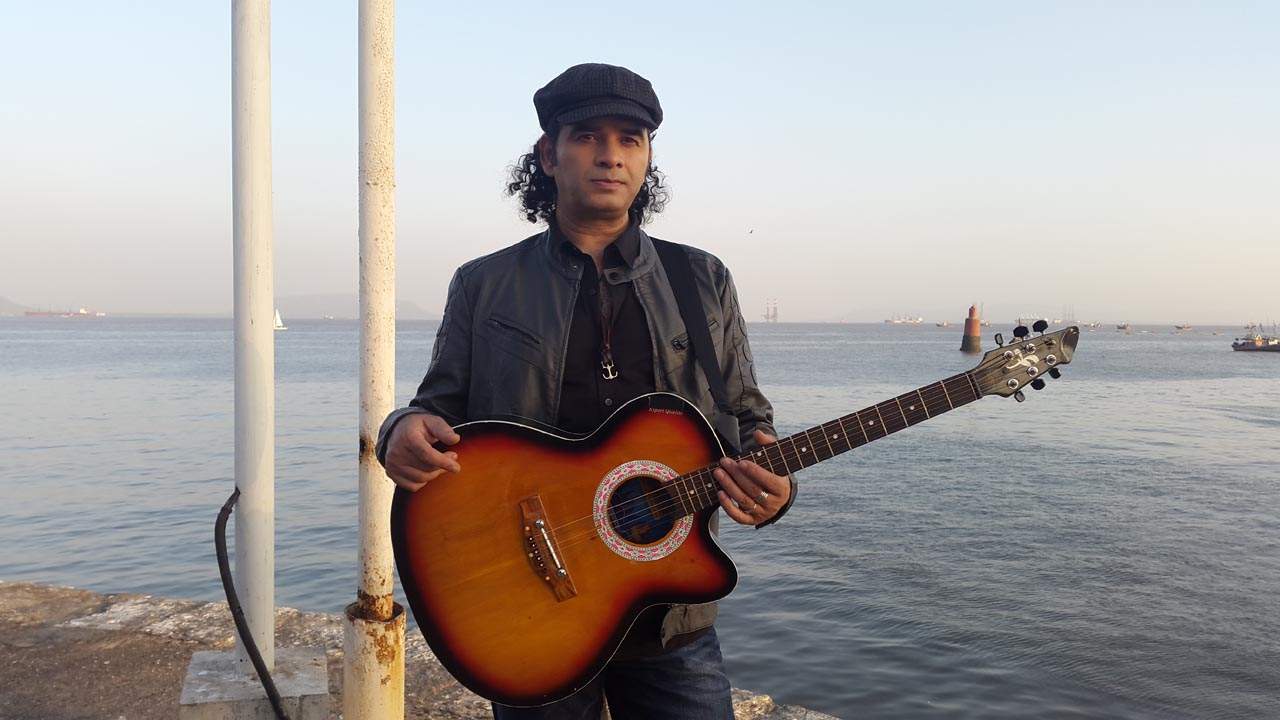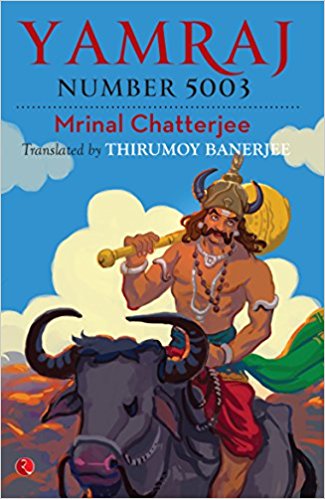[cycloneslider id=”a-league-of-extraordinary”]
Even as the “original”, the Indian Premier League, struggles from one edition to another — and from one controversy to another — a whole lot of clones, leagues for other sports, have emerged. Many of these leagues have altered the format of the respective sport to suit the needs of their individual leagues. The newest kid on the block is the International Premier Tennis League (IPTL).
The list of players who signed up and were auctioned in Dubai, is, of course, interesting and impressive. There are big names that include multiple Grand Slam winners and men’s World Nos. 1 and 2 (Rafael Nadal and Novak Djokovic), women’s World No. 1 (Serena Williams) and No. 3 (Victoria Azarenka), besides three former women’s World No. 1 players (Ana Ivanovic, Caroline Wozniacki and Martina Hingis). This is in addition to a whole host of other legends and former World No. 1s ranging from Pete Sampras, Andre Agassi, Lleyton Hewitt, Pat Rafter to Carlos Moya. A couple of Indian names are also there — Rohan Bopanna and Sania Mirza. But none of the teams feature Leander Paes or Mahesh Bhupathi.
Presumably, the architect of the league could choose to walk into any of the teams. But what about Paes? That is a question which will raise a few debates and controversies, and doubtless, they will involve the much-talked about rivalry between India’s greatest doubles players, who have won more than two dozen Grand Slam doubles titles between them, including a couple together!
But, there are other unanswered questions as well. Some aver that it is this “grey” area of the two Indian legends not getting on with each other that prevented a few more big names from joining the league. It is well known that Nadal, who has often criticised the “sameness” of the tournaments round the year, was a big supporter of the league. Roger Federer and Maria Sharapova, however, were not convinced.
Another area of speculation is ownership. Who really are the owners, who bought the 30-odd players for close to $24 million? It is also not clear who actually pumped in the initial money — was it Bhupathi himself or a bunch of investors? Or are the fees still merely “on paper”? Bhupathi is said to have assured the players who signed up that 40 percent of the money, which they were bought for, will be paid into their banks within 30 days following the auction. The clock, then, has started ticking.
Further, no one knows how much each of these players were bought for, though the grapevine says that Nadal will be paid $2 million for playing three nights only! If Nadal is being paid that, Djokovic and Murray could surely not be far behind.
All this stands in sharp contrast to cricket’s IPL, where there was a very prominent high-profile auction for the team owners, and then a televised auction for the players. In IPTL, the only information came from behind closed doors at the Oberoi in Dubai.
Just as the IPL throws up a few surprises in terms of unsold players, so was the case with IPTL. Stanislas Wawrinka, winner of the 2014 Australian Open and current World No. 3 is a good example. Having legends in each of the teams is a great idea too, since people still love to watch an ageing Sampras take on an ageing Agassi. These were undoubtedly the guys who changed the face of tennis.
But a downside is that the modern-day legends will play only a limited number of matches. It seems that the icon players in each of the four teams — Nadal, Djokovic, Murray and Berdych (or is it Serena Williams?) will play only at one venue. These icons will only play their ‘home’ matches — which means Nadal will play only the Mumbai leg, while Murray will play only the Bangkok leg and Djokovic will play only the Dubai leg, and it is likely that Serena or Berdych, or both, may figure just in Singapore for their matches. So, Mumbai does not get to see Djokovic, Murray or Berdych/Serena in action, while Bangkok will not get to see any icon other than Murray and so on.
Though Bhupathi is said to have roped in some very big names — he has with him Morgan Menahem (manager of Jo-Wilfried Tsonga), Justin Gimelstob (players’ representative on the ATP board), Boris Becker (Djokovic’s coach) and Benito Perez-Barbadillo (who also works with Nadal) — he has still kept quite a few things under wraps. This air of mystery is said to have put off a couple of TV companies, who did not commit to anything when they were approached. Some marketers say this reluctance also stems from the fact that the IPL had come under a cloud following some ownership issues. Since ownership, TV rights or the auction value of the players are still not out in the open, the implication seems to be that teams may even have been made in a very arbitrary manner.
So yes, there are a lot of “grey” areas, a lot of unanswered questions still remain. But there is no doubting the greater interest in the game such a format can bring, and its attempt to break the monotony of the sameness that tennis brings each week. Perhaps, only the Davis Cup and the Federation Cup breaks through the ennui, but the arrival of the IPTL could do more than that.
There are still some aspects that need to be ironed out. But it is the first time for the event, and the league is only due to be held in November-December. It is only fair that Bhupathi and his company, Globosport, are given the freedom to finetune a project that can infuse greater interest in the sport. It can’t be perfect at the first go, but give it time, it could still be a path-breaker!




